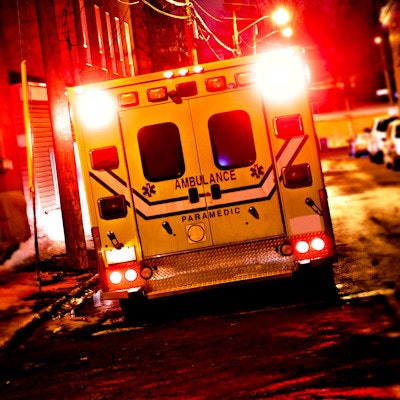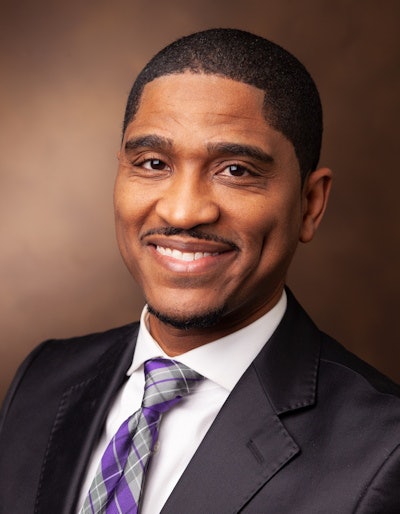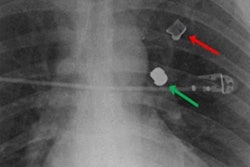
An emergency radiologist in Nashville, TN, with experience treating mass shooting victims has described the injury patterns related to the use of AR-15 (ArmaLite Rifle 15) semi-automatic rifle -- and called on policymakers to reform gun laws -- in an article published May 27 in the Brookings Institution's FixGov blog.
 Dr. Laveil Allen.
Dr. Laveil Allen.Dr. Laveil Allen, chief of emergency radiology at Vanderbilt University Medical Center, said he was spurred to publicly address the issue of gun reform following the recent school shooting in Uvalde, Texas, that left 19 children and two adults dead.
"The physical carnage and destruction associated with high-power rifle injuries are a matter of public health and safety, which falls directly into our purview as doctors," Allen told AuntMinnie.com.
Allen described himself as a proud registered gun owner in the FixGov blog post, but he suggested that supporting the right to bear arms in a responsible manner should not be a mutually exclusive ideation.
"Common sense gun reform that includes background checks and increases the age minimum to legally own military-style assault rifles should be immediately considered," he wrote.
In contrast to injury patterns resulting from handguns, the patterns caused by AR-15 shootings are somewhat indescribable, Allen wrote. Bullets fired from these weapons exit the barrel at speeds three times faster and result in a cavitation effect on impact with the human body such that the bullet causes a ripple wave of destruction to arteries, veins, and soft tissues.
"Organs that experience high-velocity gun injury are left eviscerated. Bony structures that are directly impacted by these ballistic missiles are reduced to rubble. The exit wounds associated with AR-15 firearms are often the size of grapefruits. Simply put, when surgeons attempt life-saving measures in these cases, there is often nothing salvageable to fix," Allen wrote.
Allen's perspective is based partly on his experience caring for victims injured in the 2018 mass shooting at a Waffle House in Nashville. That tragic event, like Uvalde, occurred at the hands of a gunman armed with an AR-15.
Patients presenting to emergency rooms with firearm injuries are unfortunately commonplace in America, Allen wrote, and he encouraged physicians also to extend their responsibilities as leaders in their communities beyond the hospital walls.
"We need to engage in a real, morally and civically driven debate about whether there is a need for military-styled firearms in a civilized society at all," he wrote.





















